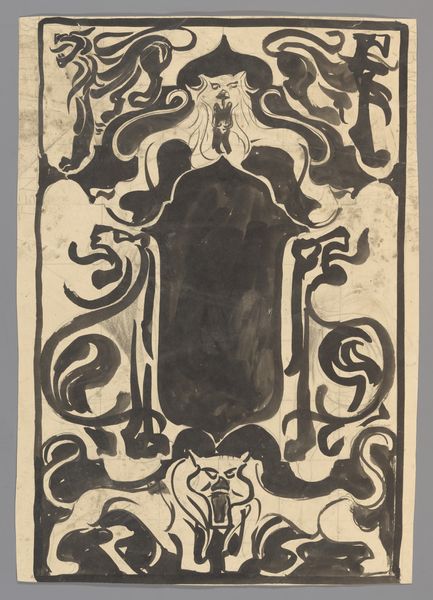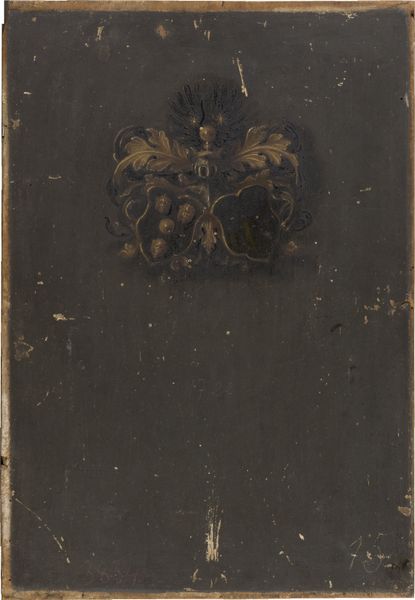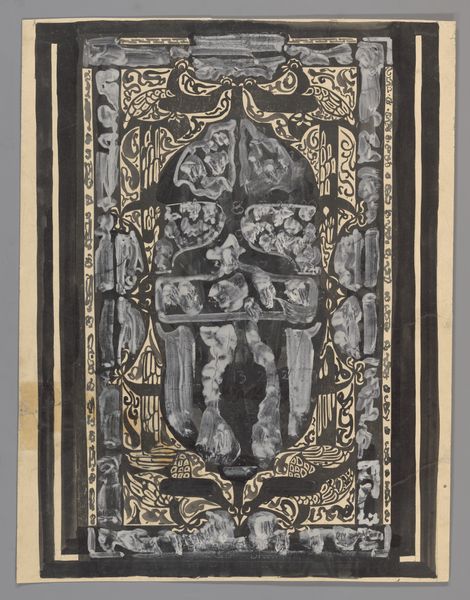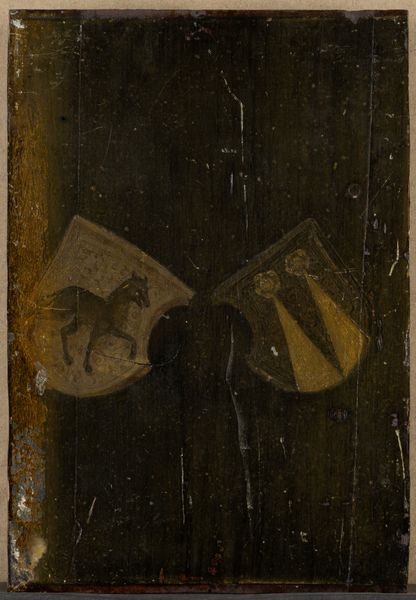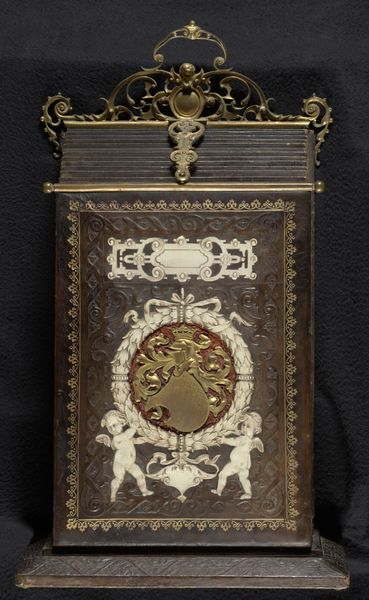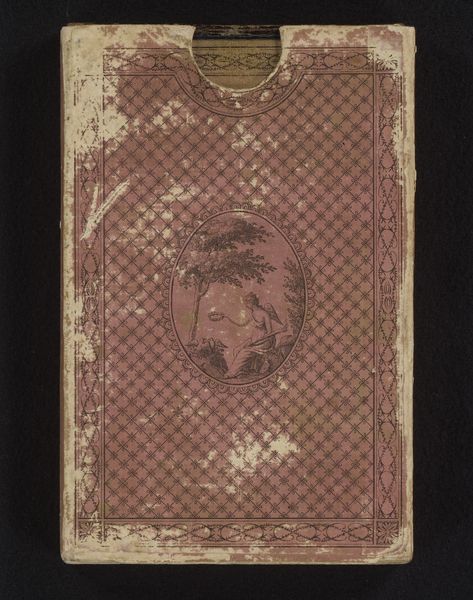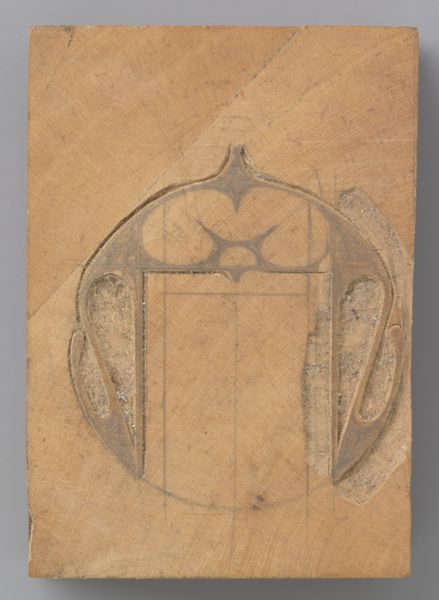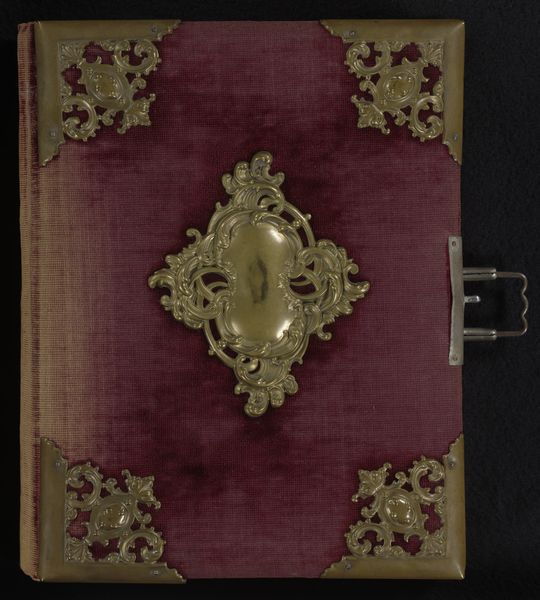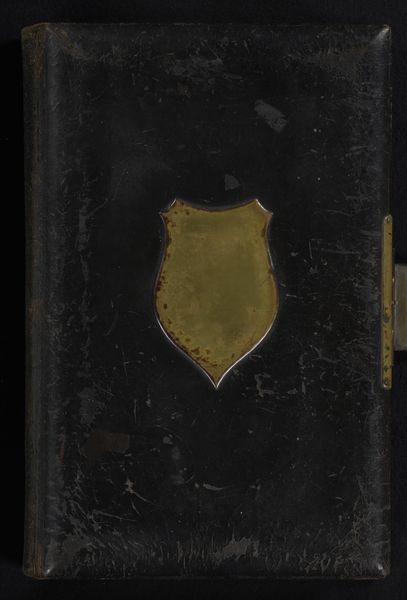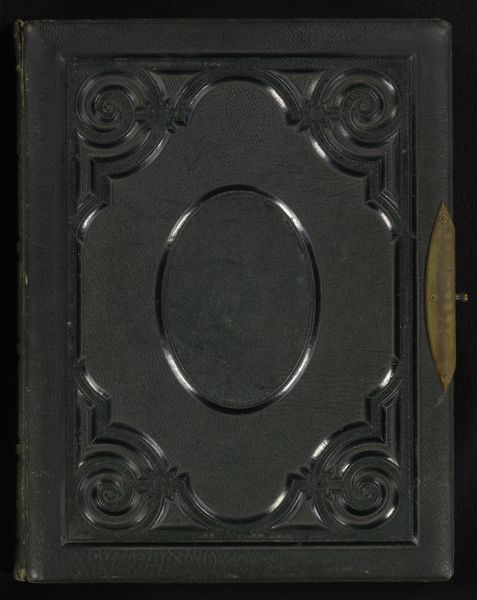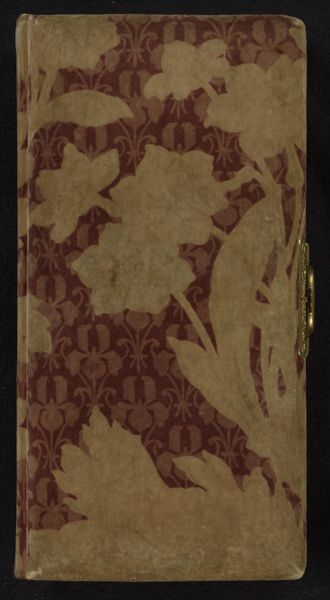
Fotoalbum van een Nederlandse familie met 168 cartes-de-visite en kabinetfoto's c. 1860 - 1900
0:00
0:00
print, photography, albumen-print
# print
#
folk art
#
photography
#
decorative-art
#
decorative art
#
albumen-print
Dimensions: height 290 mm, width 560 mm, width 240 mm, thickness 800 mm
Copyright: Rijks Museum: Open Domain
Curator: This is a photo album of a Dutch family, filled with 168 "cartes-de-visite" and cabinet photographs, dating from approximately 1860 to 1900. Editor: It strikes me as a rather solemn object. The dark, almost austere cover is offset by the delicate decoration—is that a horn of plenty? And what appears to be a shield... the craft feels very deliberate, each element meticulously placed. Curator: Yes, the "cartes-de-visite," mass-produced photographic visiting cards, became a hugely popular form of social currency in the mid-19th century. Displaying them in albums like these was a demonstration of one's social connections and status. Editor: Social status quite literally manufactured! Albumen prints, mass production, standardized sizes... This really showcases how photography democratized portraiture, moving it beyond the exclusive realm of painting. It changed how people perceived themselves, too, right? This proliferation must have affected artisan jobs related to things like miniature portrait painting? Curator: Absolutely. The rise of photography also impacted traditional craft industries, but created a demand for new kinds of craftsmanship related to photography, like these very albums themselves. The album, as an object, became a signifier of modernity. It reflected a shifting social landscape where the emerging middle class eagerly embraced photographic technology as a way of documenting and performing their identities. And photography changed how social and political messages circulated through the general public too. Editor: Indeed, to look at that dark cover with its elaborate details: one can’t overlook the inherent contrast. Dark utilitarian album against ornamental iconography. Do we know if these albums were often created with particular craftsmanship considerations? What are they usually made from? Curator: While mass production was certainly a factor in photography itself, the albums often showcase considerable variation in materials and embellishments, suggesting a thriving ecosystem of craftspeople catering to different social tiers and aesthetic sensibilities. This example would be something that showed significant consideration to visual appearance; a well-to-do family displaying status with images behind that decorative emblem! Editor: This brings the historical into such vivid focus. It’s not just the people in the photographs who are part of the story. It’s the hands that produced the album, too. The craft involved really brings forward the humanity and the physical connection to a bygone era. Curator: Precisely. An object holding material value with emotional legacy.
Comments
No comments
Be the first to comment and join the conversation on the ultimate creative platform.
